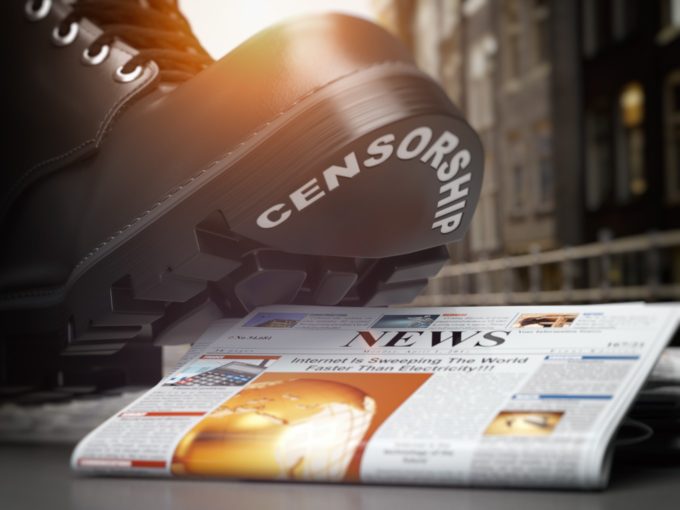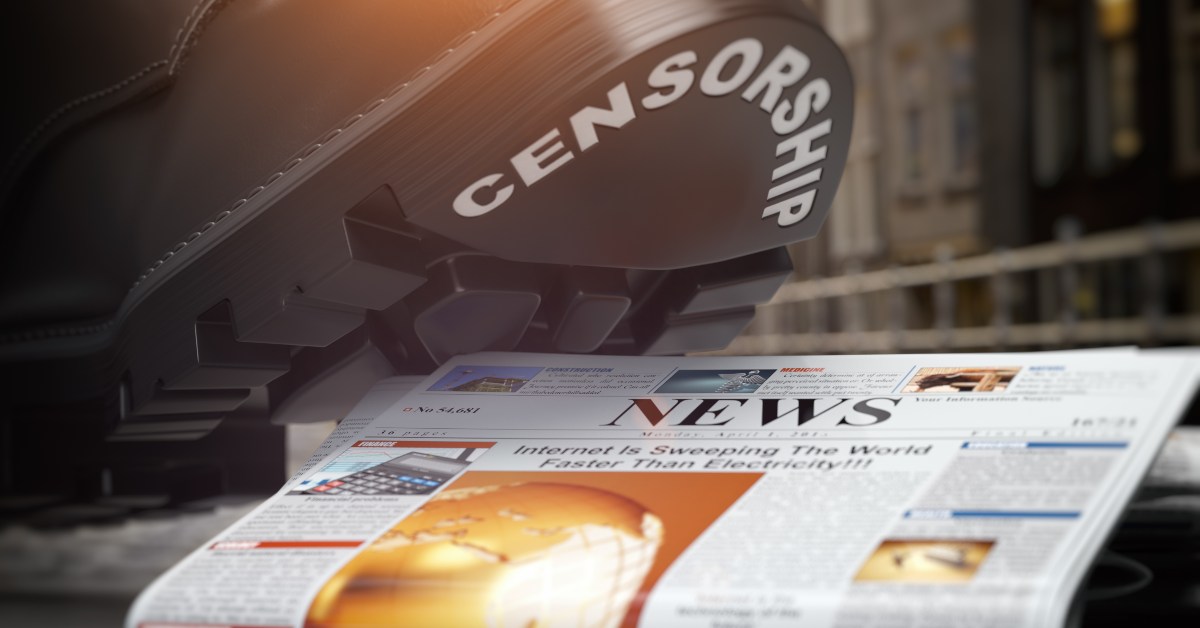The petition has been filed by the Foundation for Independent Journalism (FIJ), a non-profit company that publishes The Wire
The petitioners include MK Venu, director of FIJ and founding editor of The Wire, Mangalam Kesavan, director at FIJ, and Dhanya Rajendran, founder and editor-in-chief, The News Minute
The petition alleges that the new IT rules are illegal, as they seek to monitor and regulate digital news media portals, even though the parent statute (IT Act, 2000) doesn’t provide such powers to the government

The Delhi High Court, on Tuesday, issued a notice while hearing a petition challenging India’s new guidelines for digital media intermediaries.
The court will hear the parties at length on the next date of hearing, which is April 16.
Alarmed by the government extending its scope of powers to regulate news media, a clutch of digital news media organisations, last week, had filed a writ petition in the Delhi High Court, challenging the centre’s new guidelines for digital media intermediaries, formally called the Information Technology (Intermediary Guidelines and Digital Media Ethics Code) Rules, 2021.
The petition has been filed by the Foundation for Independent Journalism (FIJ), a non-profit company that publishes The Wire. The petitioners include MK Venu, director of FIJ and founding editor of The Wire, Mangalam Kesavan, director at FIJ, and Dhanya Rajendran, founder and editor-in-chief, The News Minute.
Digital Media Takes On Intermediary Guidelines
The petition alleges that the new IT rules are illegal, as they seek to monitor and regulate digital news media portals, even though the parent statute (IT Act, 2000) doesn’t provide such powers to the government.
The petition points out that the IT Act doesn’t provide for the imposition of a TV programme code or regulation of news portals in any manner. However, this is sought to be done through the new IT rules.
The petitioners claim that even Section 69A of the IT Act, which allows the government to issue directions to take down certain content from the internet, doesn’t provide powers to dictate content to news media portals. This is because Section 69A envisages only an ‘agency of the government’ or ‘intermediaries’ as targets of its directions. However, Part III of the new rules, which seeks to set up a three-tier oversight mechanism for the regulation of digital media, goes beyond the legal or regulatory powers that the government has as per the parent IT Act.
“If allowed to stand it would be so arbitrary and unwarranted an intrusion on expression, as to render it ultra vires the parent Act on that score alone or throw a doubt upon the validity of the parent Act,” reads the petition, a copy of which was accessed by Inc42.
Oversight On Newsroom Operations?
The three-tier oversight mechanism referred to in the petition, applies to both news portals and video-streaming platforms or OTT platforms that curate content from various sources.
At the first level, all applicable entities would be required to appoint a grievance officer. Members of the public could direct their complaints regarding the content on these platforms to the grievance officer, who’ll have to acknowledge the receipt of the complaint to the complainant within 24 hours. The grievance officer would also have to address the complaint and communicate his/her decision to the complainant within 15 days of its receipt.
The second level constitutes a self-regulatory body, to be headed by a retired judge of the Supreme Court or a high court, who will be appointed by a panel constituted by the ministry of information and broadcasting (I&B Ministry). The body will have not more than six members, consisting of experts from the media, entertainment and broadcasting industries.
The body will be charged with addressing grievances, not already disposed of by digital media intermediaries independently, within 15 days of receiving the complaint.
The third level will have an inter-departmental committee (IDC) constituted by the I&B Ministry. The committee will be headed by an authorised officer of the ministry, not below the rank of a Joint Secretary and will address complaints referred to it by the self-regulating body or by the ministry. As per the new rules, the IDC head will have the power to issue directions for blocking certain content. The committee will also be able to take certain matters suo moto, without waiting for either of the first two tiers to be exhausted.
Previously, several digital liberties organisations have flagged the new rules and what they could mean for digital news media and OTT platforms. The Software Freedom Law Centre (sflc.in), a donor-supported legal services organisation, in its analysis of the rules, stated that the three-tier oversight mechanism is marred by several deficiencies. “Giving the power to the MIB to decide what content is aired and what content gets blocked, and extending that control even over news content, will have a chilling effect on the right to freedom of speech and expression,” the organisation said in its analysis.
“The IDC can also send recommendations to the I&B Ministry for warning, censuring, admonishing or reprimanding an entity. This sets a dangerous precedent where freedom of speech and expression, the freedom of the press and the right to dissent will all be at the mercy of the government or its agencies.”









